Your cart is currently empty!
Beyond Red: The Chinese Palette–Crazy Rich Asian Purple钧窑

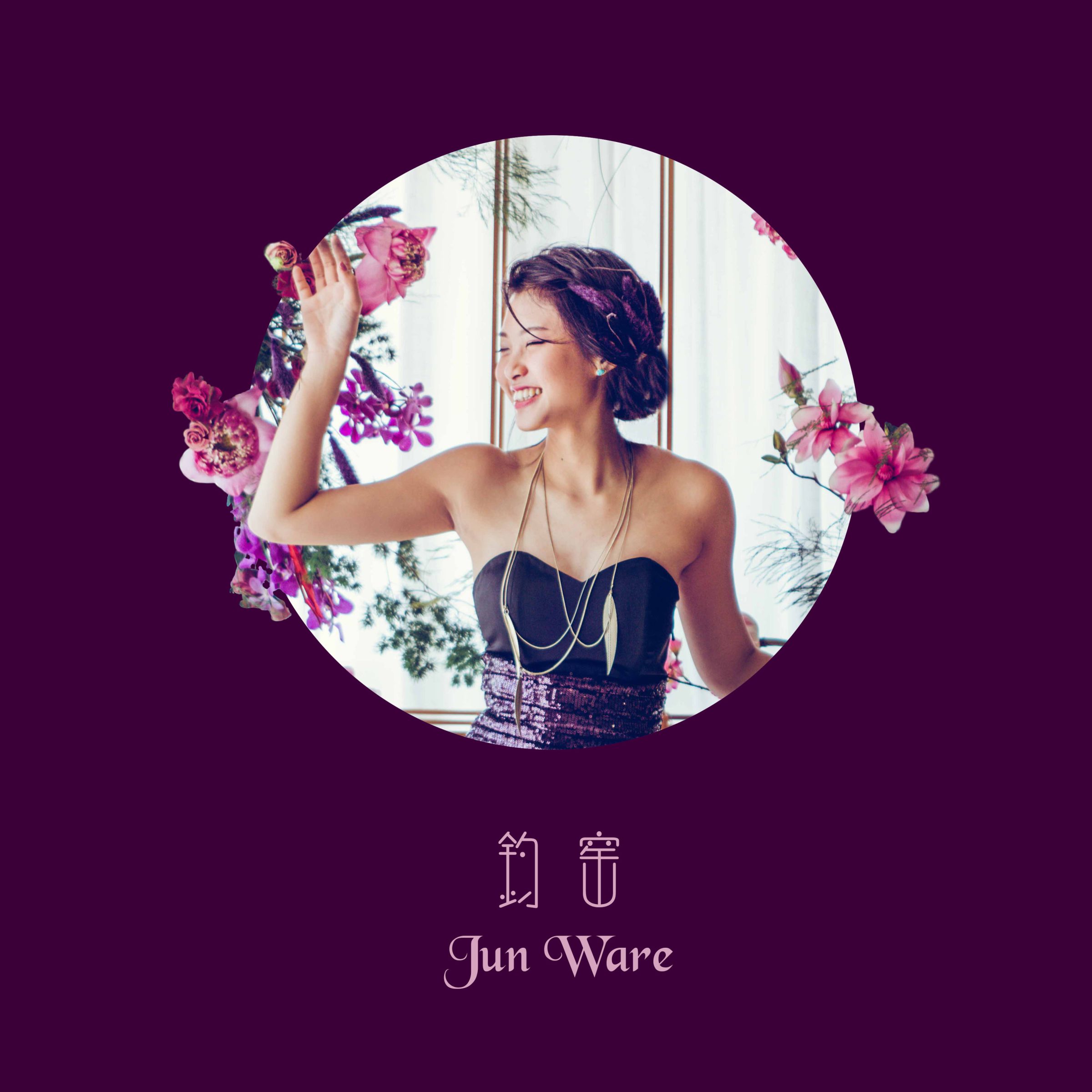
This last post goes out to the rebellious streak in all of us–however zen we aspire to be.
 The Jun ware, is probably the most unpredictable, uncontrollable and random glaze in the entire series. It represented the total submission of porcelain master, however technically competent, to the higher forces of nature in determining the final outcome of the glaze. It is humility disguised in a flamboyant and rebellious appearance.
The Jun ware, is probably the most unpredictable, uncontrollable and random glaze in the entire series. It represented the total submission of porcelain master, however technically competent, to the higher forces of nature in determining the final outcome of the glaze. It is humility disguised in a flamboyant and rebellious appearance.
When my hanfugirls first got to know about the Jun wares, they called it the “Galaxy palette”–yea that’s our Christmas dress-up theme–The 5 glazes of Song dynasty porcelain, photos of which will never get to see the light of day–blackmail quality stuff. The process of getting them dressed up is not unlike the creation of the Jun wares–I had no control and I could only provide them whatever I have and whatever direction I could give but how they turned out was completely random and unpredictable.
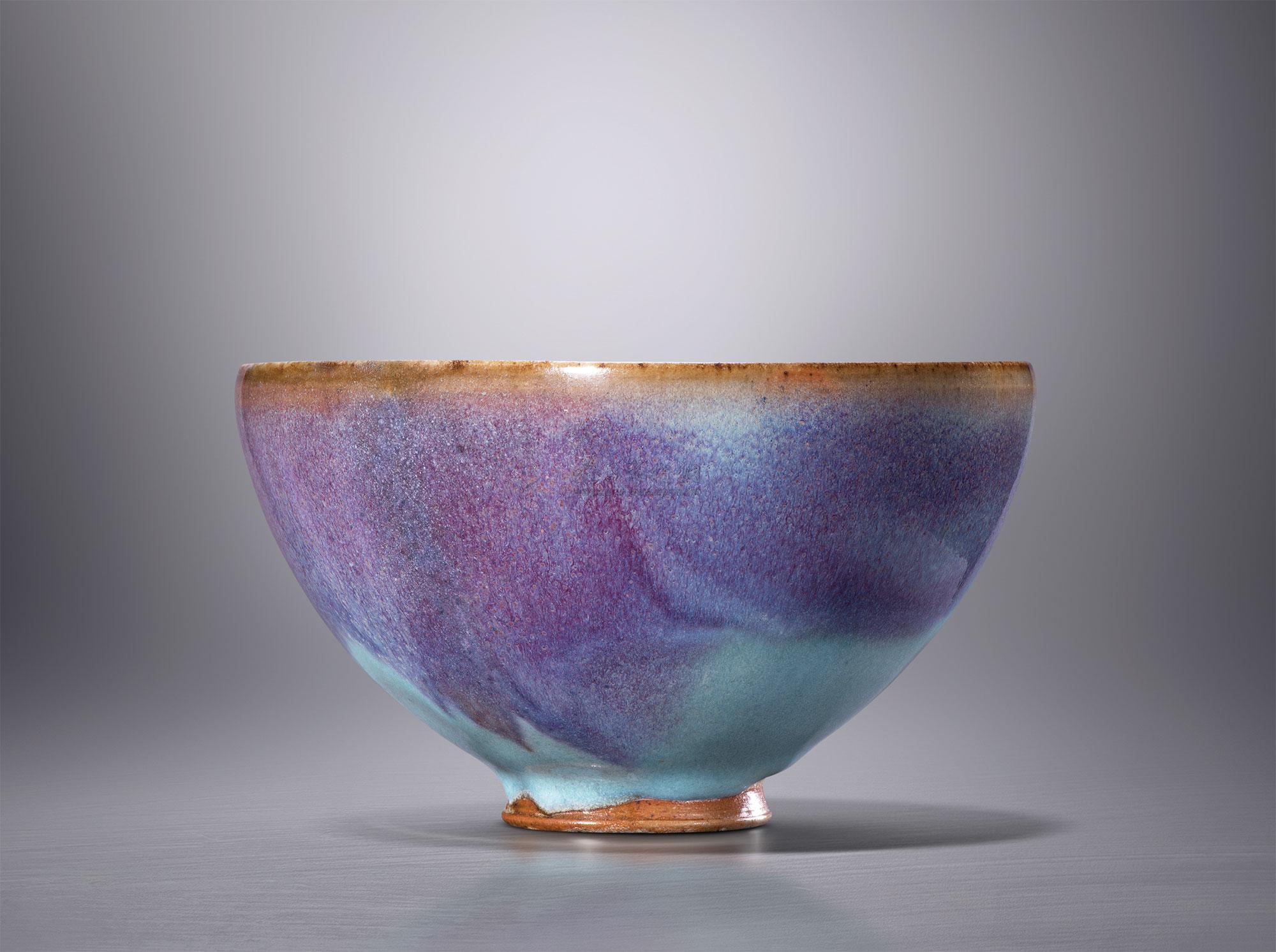
You might laugh it off as the girls using a modern lingo to describe the glaze, “surely that’s not what the ancients are thinking?”
But the truth is the ancient Chinese aren’t so different from us after all! To them, this really represented the universe/night sky as they knew it, and indeed, it was their “galaxy palette” too! It represented the unity between the universe and humanity, and the term the Chinese literati love to use–天人合一.
The rise and fall of the “Galaxy palette”
The galaxy effect that appears on these wares is what is known as the “Transmutation glaze” effect, which meant that different parts of the glaze went through different chemical reactions and eventually resulted in this uneven colour mutation of sorts.
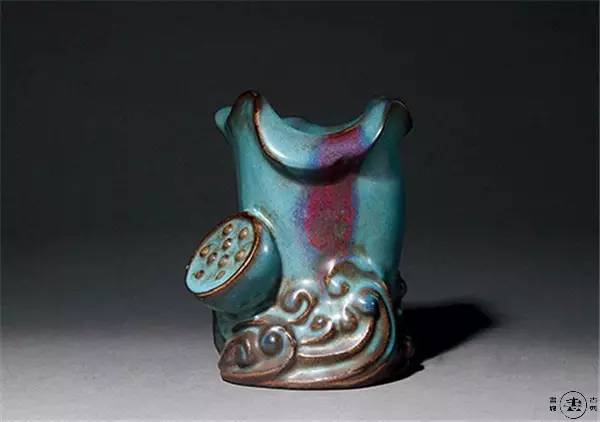
It could actually be purple with a maroon spot, or green with a reddish spot, or a wide range of colour variations. To the Song dynasty literati, and later the Emperor himself, this transition and variation captivating. The same sentiment is expressed in the Western modern world through a poem of William Blake:

To see a World in a Grain of Sand
And a Heaven in a Wild Flower,
Hold Infinity in the palm of your hand
And Eternity in an hour.
-William Blake
So the Jun Ware became the official imperial ware quite naturally. Any ware that were not sent to the palace for imperial use, like the other wares from the imperial kilns, were smashed and buried–never to be used by any commoner.
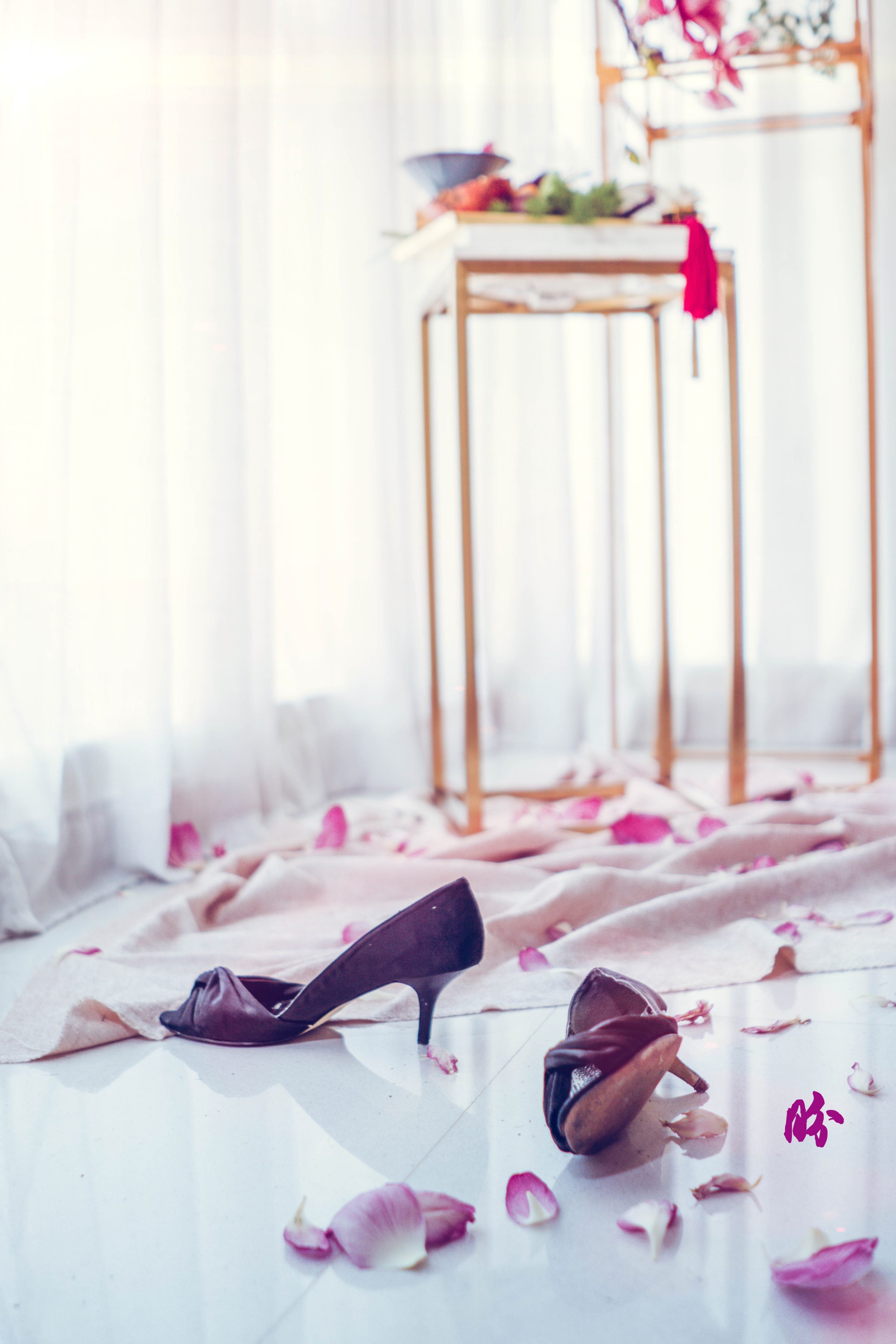
However, in the Ming dynasty that followed, the appearance of red, and the unpredictability of the colour change came to be seen as signs of inauspiciousness. And when this appeared in the imperial kiln, they would smash it immediately. Furthermore, it was a taboo for anything to carry the name of the emperor and it so happened that one of the Ming emperors in the 16th Century–Emperor Wanli had Jun in his name. As a result, the entire kiln sealed up, abandoned, and the skills forever lost.
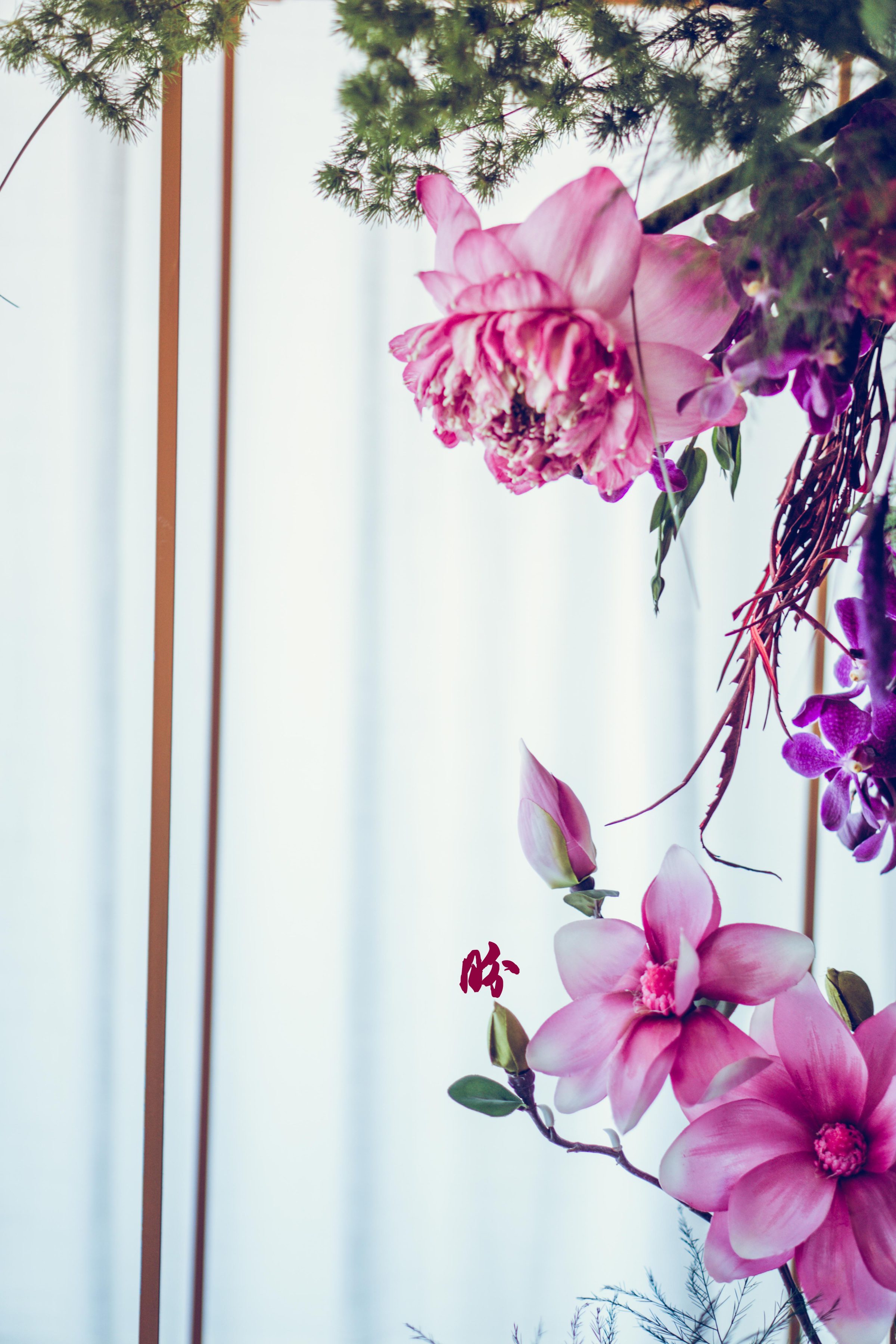 It was not until the Qing dynasty, that the transmutation glaze look made a comeback (see, told you, taste and fashion is always cyclical! We’re back to this trend again aren’t we!).
It was not until the Qing dynasty, that the transmutation glaze look made a comeback (see, told you, taste and fashion is always cyclical! We’re back to this trend again aren’t we!).
What’s even more interesting is that the Qing emperors (in particular the famous Emperor Yongzhen and Emperor Qianlong–you would know them if you watch Scarlet Heart and Yanxi Palace or Legend of Ruyi), both thought that the red appearing in the glaze was an auspicious sign! The exact opposite of the Ming emperors!
So people, just remember, if something isn’t going well for you in life, just hang in there and when the environment changes, your life would change too and often for the better!
Crazy Rich Asian Party vibe
Looking at the other glazes in this series, you have to admit that the Jun ware is really quite a havoc of its time. And the beauty of this is, the Song society and literati were really open-minded enough to accept and adore it!
Maybe to the Song literati, beauty is in everything that nature provides.
The Song literati would be considered cool parents in today’s context, and the Ming dynasty ones would be considered old school parents.
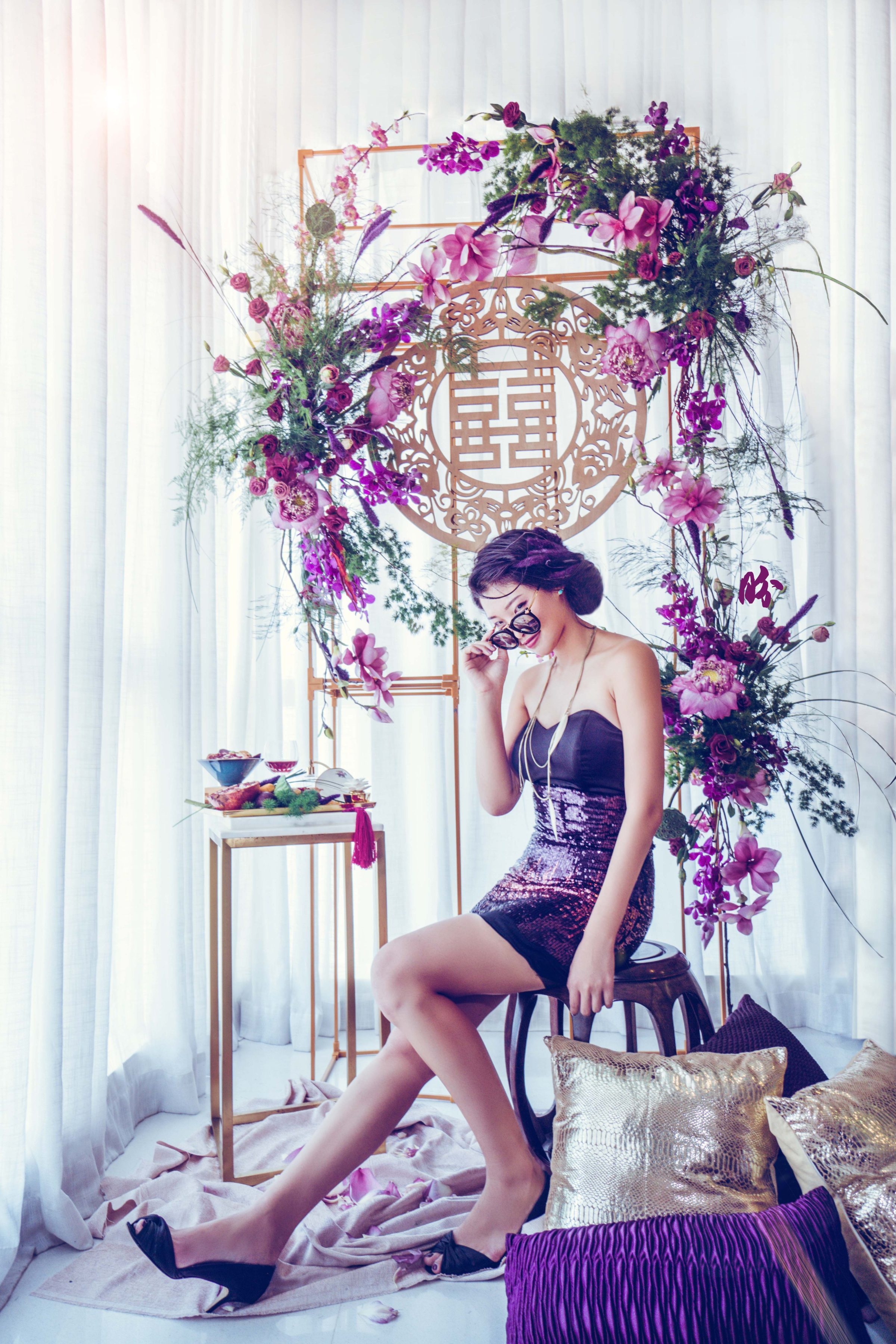
The taste of the Song elites is actually very “Old Money” taste, where there’s a lot of emphasis on understated luxury and glamour. This is a timeless preference, as supported in this recent article which reveals the preference for “discreet wealth”. Yeap, the Nouveau Riche is always represented by opulence while the “Old Money” would be so secured in their status that they turn to things that are more timeless or express a quiet confidence.
The appearance of Jun ware amidst all the more muted, conservative Old Money reminds me greatly of the Crazy Rich Asian aesthetic where they were obviously wealthy, but because they’re young and peer validation is still a thing, so they were kind of showy as well.

Yeap, Jun ware is like the Song glazes having a party and getting high. So unpredictable things happen and crazy-looking colours appear. The cool parents would laugh it off and adore it all the more, showing their CRA kids with more money and attention. Then there’re parents who would freak out (like the Ming emperors) and curtail this short burst of vitality and youth.
Tea Pairing
Gushu pu’er (raw)
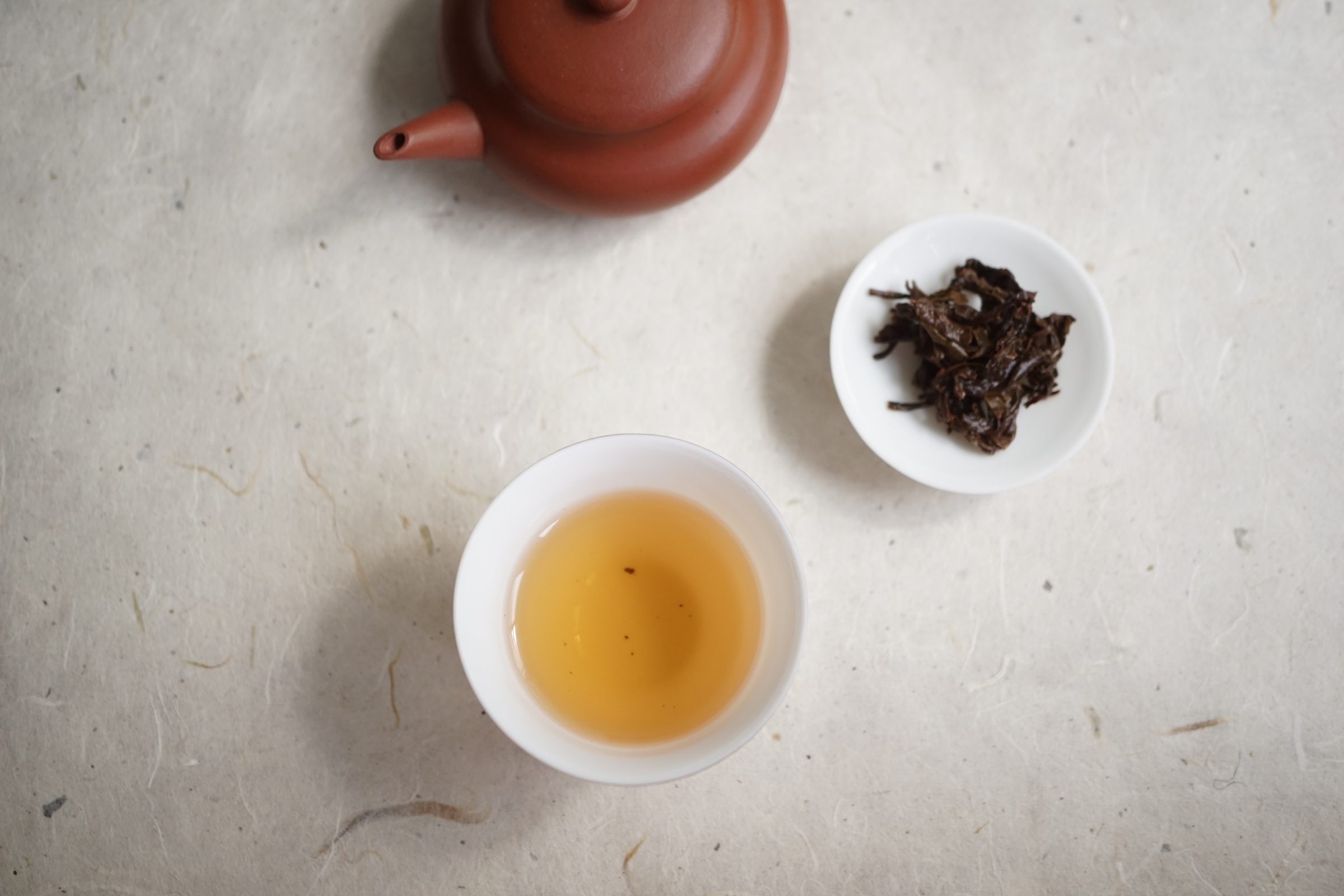 If the wares of the Jun symbolise raw power, energy, vibrancy, and defiance, then pu’er harvested and made from gushu (old trees) is its match in the tea world. The finest and greatest expression of pu’er is found in gushu sheng/raw (as opposed to shu/ripe) tea, defined by its intensity, depth, length, structure, and penetrating power. It is a tea that packs a punch, echoing the same spirit of vigour and strength that has allowed the tea tree itself to grow and thrive amidst the vagaries of nature.
If the wares of the Jun symbolise raw power, energy, vibrancy, and defiance, then pu’er harvested and made from gushu (old trees) is its match in the tea world. The finest and greatest expression of pu’er is found in gushu sheng/raw (as opposed to shu/ripe) tea, defined by its intensity, depth, length, structure, and penetrating power. It is a tea that packs a punch, echoing the same spirit of vigour and strength that has allowed the tea tree itself to grow and thrive amidst the vagaries of nature.
Credits/Acknowledgement:
Flowers and styling by @blancstudios.co
Model styling and photography by @hanfugirl
Tea recommendation by Kenny from Teatle-Tattle
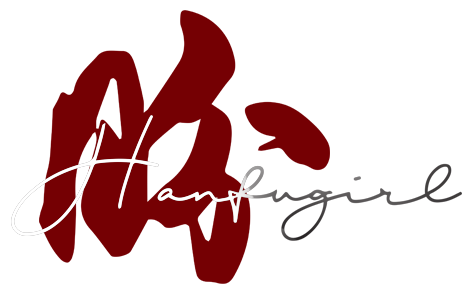
Leave a Reply